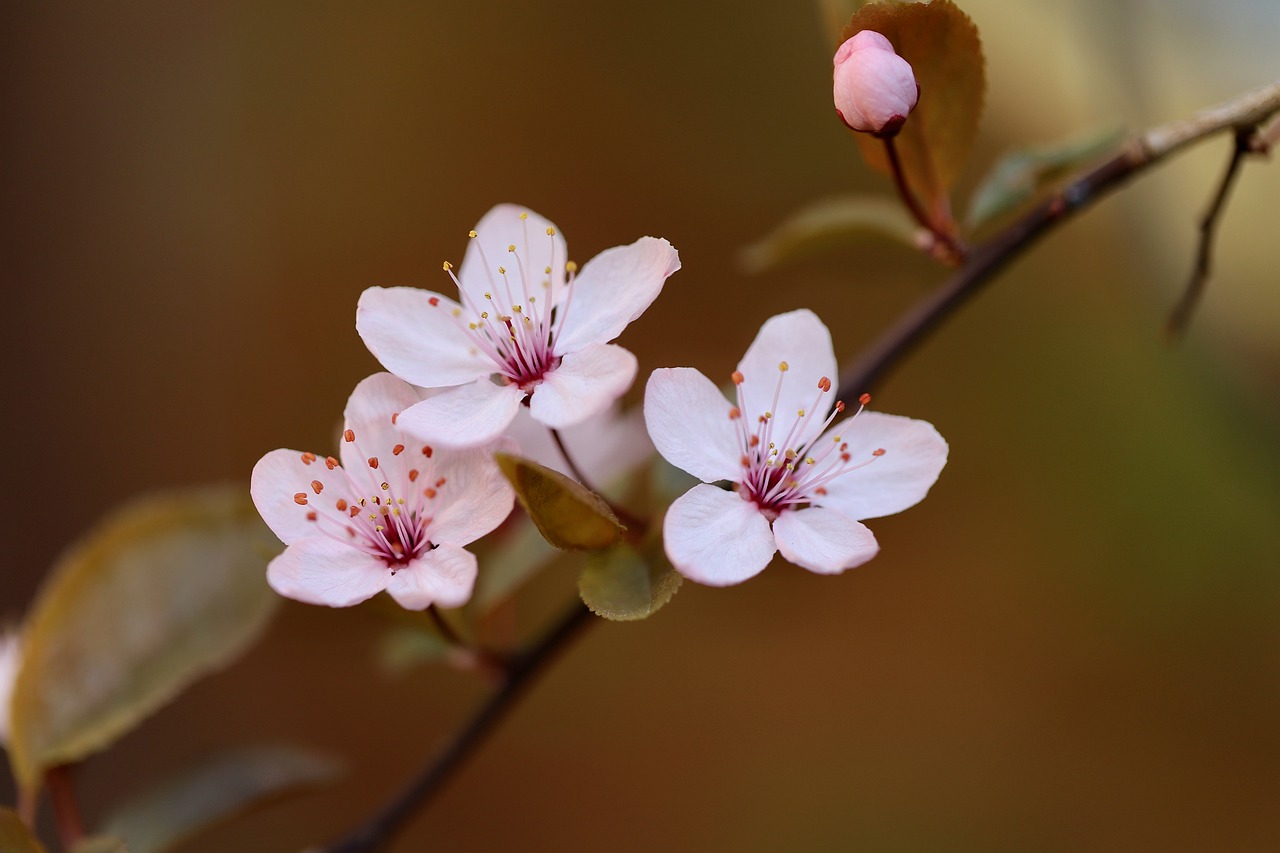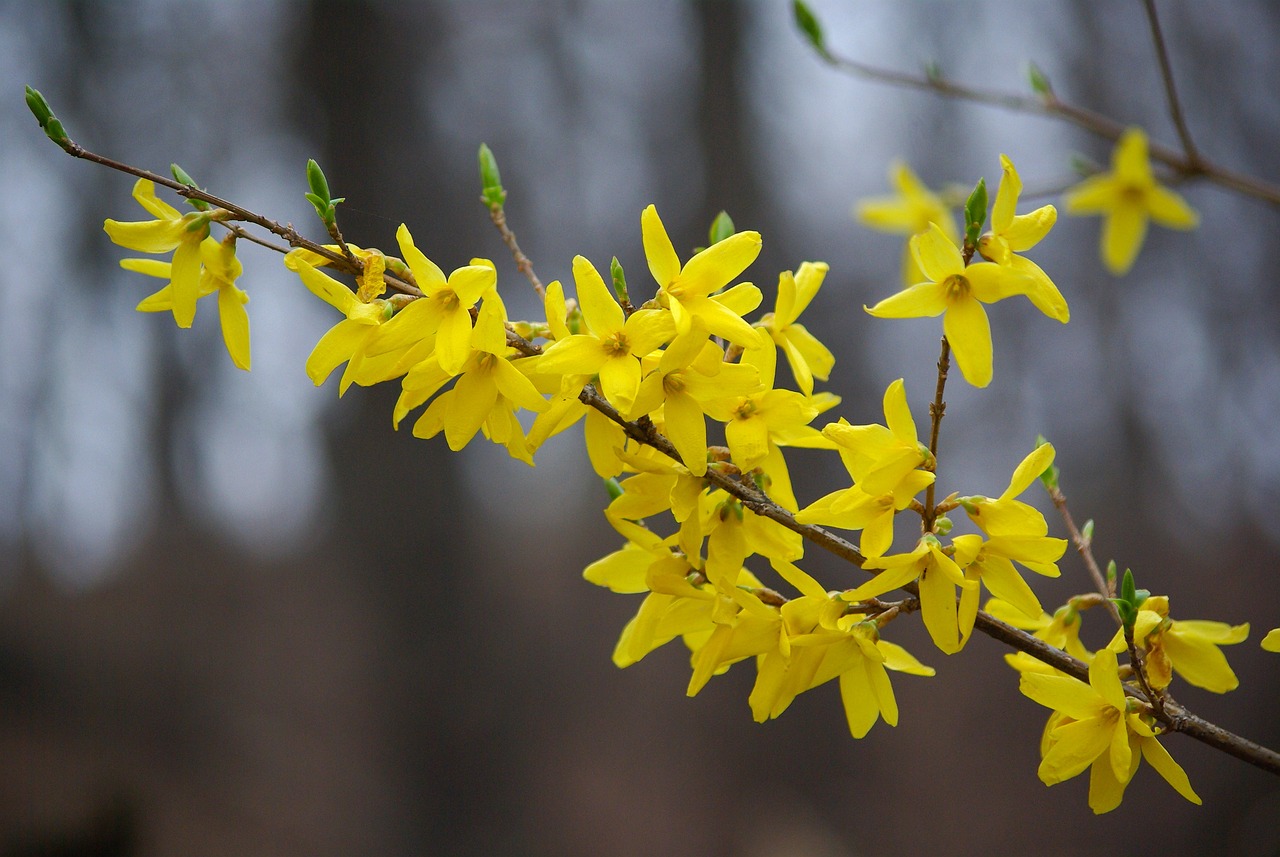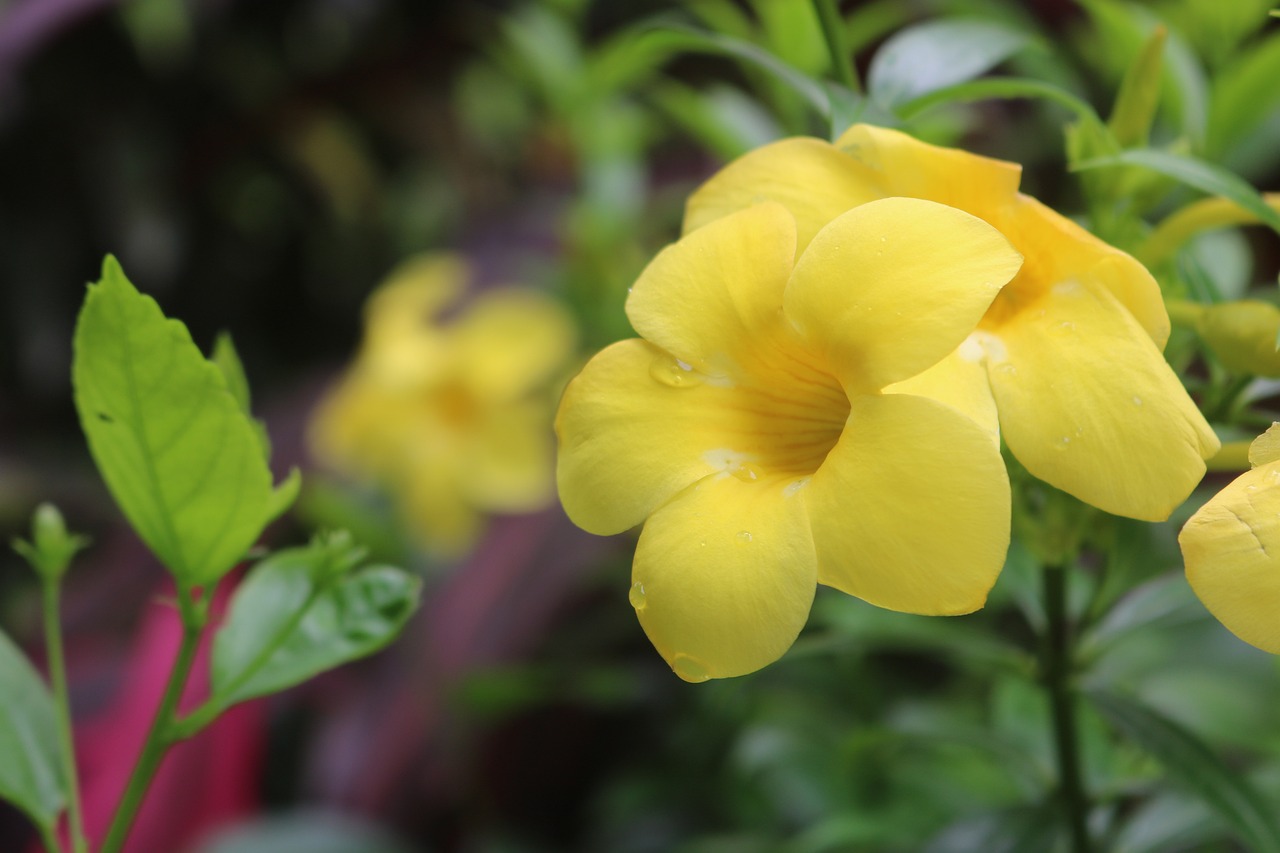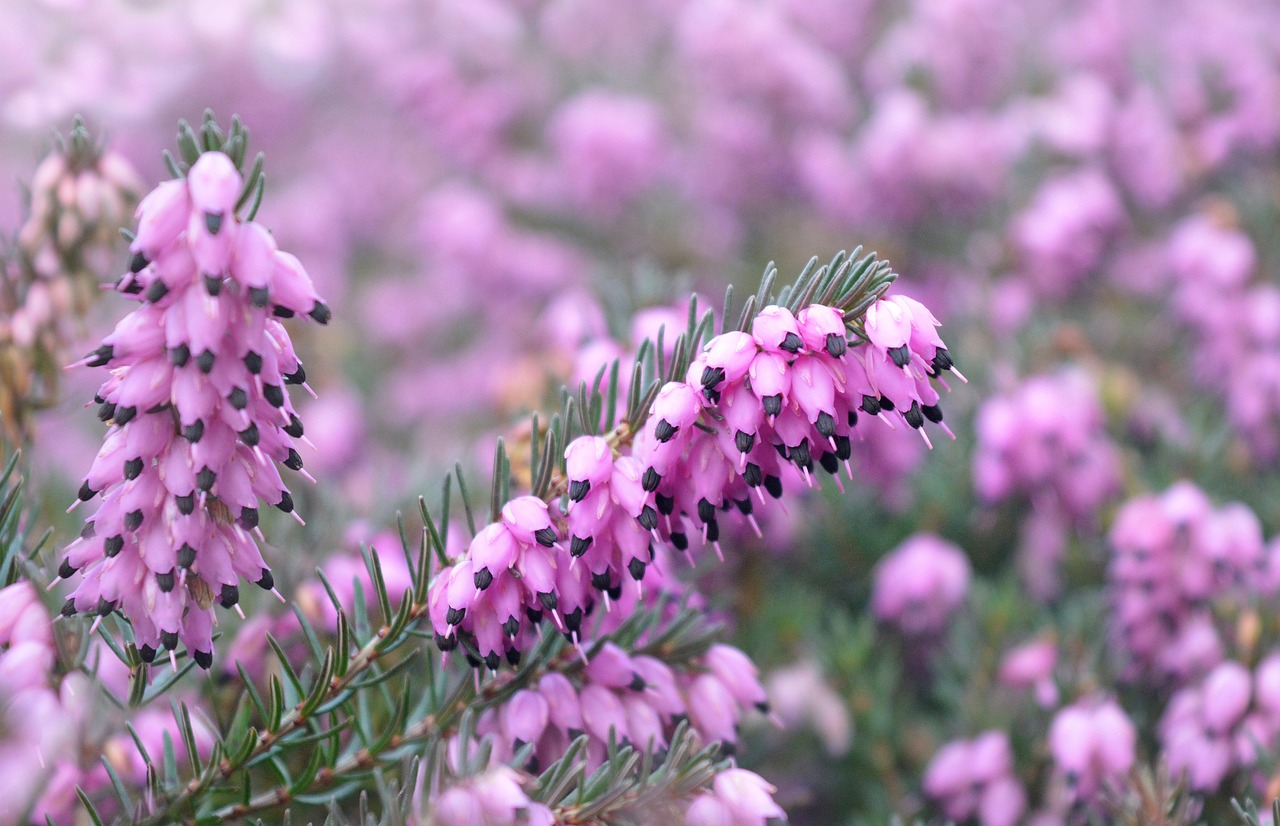Hanamomo | A Seasonal Flower Passed Down from China to Japan
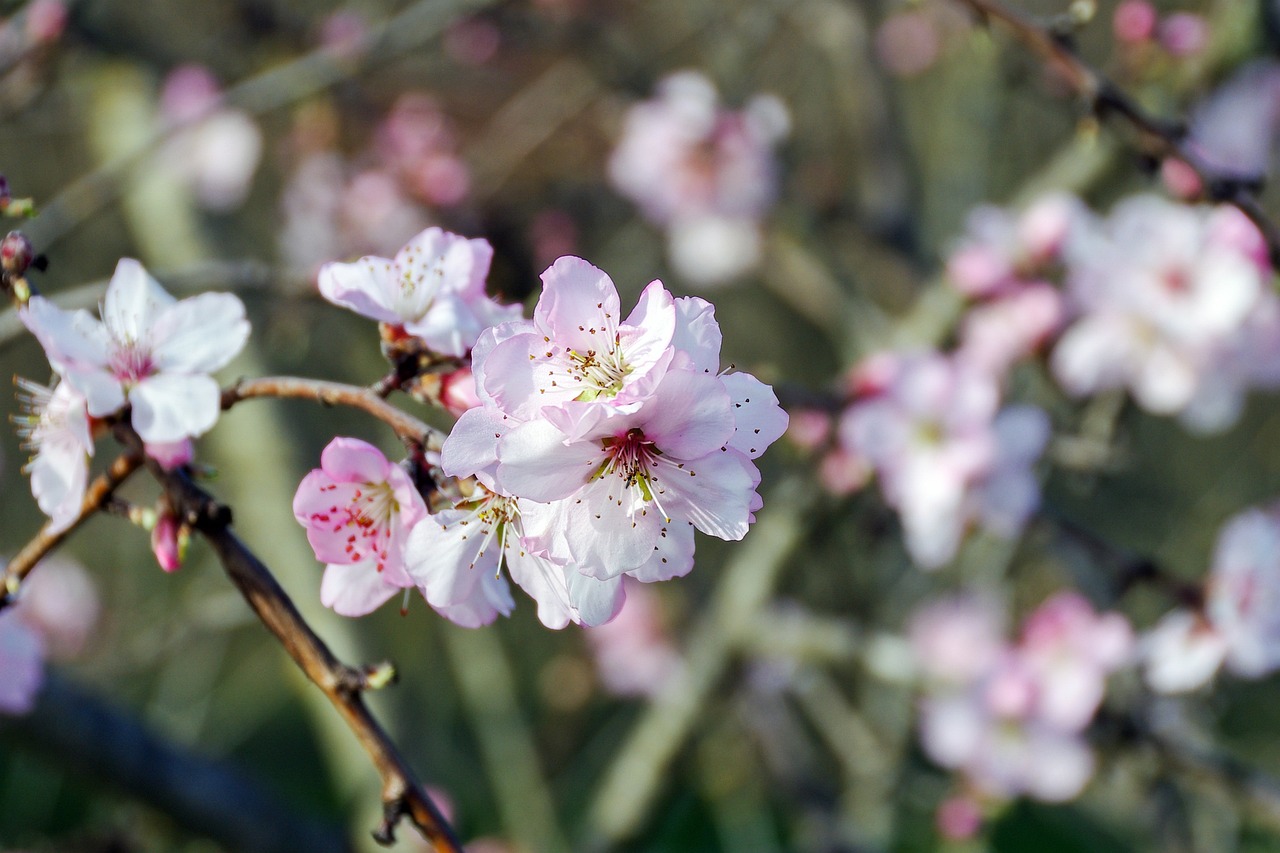
Hanamomo is an ornamental variety of peach that produces beautiful blossoms and has taken deep root in the cultures of Asia, particularly in Japan and China.
It blooms vividly in spring and is cherished as a garden tree and a landscape plant in parks.
In this article, I will explain in detail the basic information, cultural significance, history, and cultivation methods of Hanamomo.
Basic Information
- Scientific name: Prunus persica
- Family: Rosaceae
- Origin: China
- Appearance: It bears an abundance of single or double blossoms along its branches. The flowers come in white, pink, and red, depending on the variety.
- Blooming season: March to April
Cultural Characteristics Around the World
Hanamomo originated in China and has become deeply ingrained in East Asian cultures, including Japan and Korea.
In China, peach blossoms have long symbolized longevity and prosperity. They have been widely used as decorations for the Lunar New Year and spring festivals. Since ancient times, people believed they could ward off evil spirits, so peach trees were often planted at gates or around houses.
In Japan, Hanamomo is closely associated with Hinamatsuri (the Doll Festival), held on March 3rd and also called “Peach Festival.” This event is a celebration that wishes for the healthy growth of girls. The vibrant blossoms of Hanamomo enhance the festive atmosphere.
From the Edo period onward, ornamental varieties were further developed, and the trees were planted in gardens and public parks.
In Western countries, peach trees were mainly cultivated for their fruit after being introduced from China. However, Hanamomo, with its beautiful blossoms, gradually began to attract attention as well. Today, it is loved as a garden tree and celebrated as a herald of spring.
Historical Episodes
The history of Hanamomo dates back to ancient China. Peach trees often appear in Chinese mythology and legends as symbols of immortality and eternal youth.
References to peach blossoms can be found in texts from the Warring States period, indicating their presence in the gardens of courts and nobles.
Peach trees were introduced to Japan from China during the Nara period. By the Heian period, they were appreciated in aristocratic gardens. In the Edo period, breeding for ornamental purposes advanced, and the form of Hanamomo we see today was established.
In Kyoto and Edo, people enjoyed Hanamomo blossoms for flower viewing, and the tree became a significant presence in spring landscapes.
Gardening Advice
To enjoy the beautiful blossoms of Hanamomo, proper care is essential. Keep the following points in mind when growing it:
Sunlight
Prefers sunny locations with good air circulation. Full sunlight promotes healthy growth.
Watering
Although tolerant of dryness, young trees should be watered thoroughly when the soil dries out. During the blooming season, maintaining moderate moisture is important.
Soil
Well-drained, fertile soil is best. A mixture with leaf mold or compost is suitable.
Fertilizer
Apply slow-release fertilizer during winter dormancy and provide additional fertilizer in spring to encourage flowering.
Pruning
Prune around May after flowering to improve branch structure and promote better blossoms the following year.
Conclusion
Hanamomo, originating in China, is a beautiful flowering tree that announces the arrival of spring.
In China, it has symbolized longevity and prosperity, while in Japan it has been cherished as the flower of Hinamatsuri.
Introduced during the Nara period and refined for ornamental purposes in the Edo period, Hanamomo has been loved by people for centuries. Why not grow this historic and graceful tree in your garden or as a potted plant?

